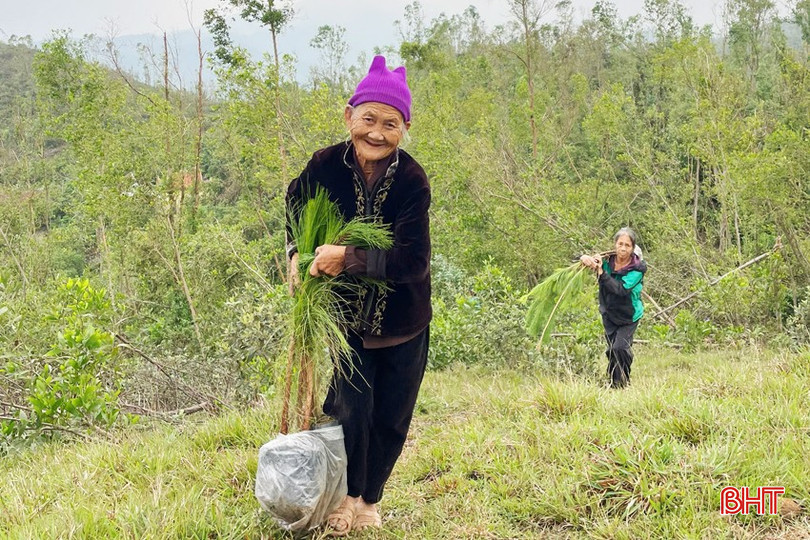
After two strong storms and high tides, Vinh Phu residential group (TDP) (TDP) had 25 hectares of mangrove forest on the left bank of Nghen River damaged, of which nearly 2 hectares near Ho Do Bridge were severely damaged. This is a forest with high value in terms of protection, landscape, ecological environment... planted more than 20 years ago, currently assigned to the community for management. Although the forest has many meanings, 2 months after the natural disaster, the damaged areas have not yet recovered.
Mr. Le Van Huong - Head of Vinh Phu Residential Group said: "Up to now, the mangrove forests in the area have not been cleared of fallen trees, have not been pruned to restore trees that are still able to survive, and there is no plan to replant to replace the areas that have been "erased". The reasons are due to lack of funding, lack of seedlings, lack of proper attention from the people and lack of direction and guidance from superiors on forest restoration".

The slow recovery of mangrove forests after natural disasters is also due to other objective factors. Mr. Nguyen Trong Vinh - Director of Thanh Nhan Construction and Trading Company Limited (a mangrove planting unit in Ha Tinh ) said: "It is very difficult for people to plant mangrove forests themselves because in addition to choosing the right types of trees for the soil conditions, environment, and salinity of the water area, they also need knowledge, techniques, and monitoring of pests and harmful mollusks. On the other hand, in our province, there is currently no facility to nurse mangrove seedlings, so we have to buy them in Hai Phong and Quang Ninh, so it takes time to order, nurse, and acclimatize them to our environment and the cost is high...".
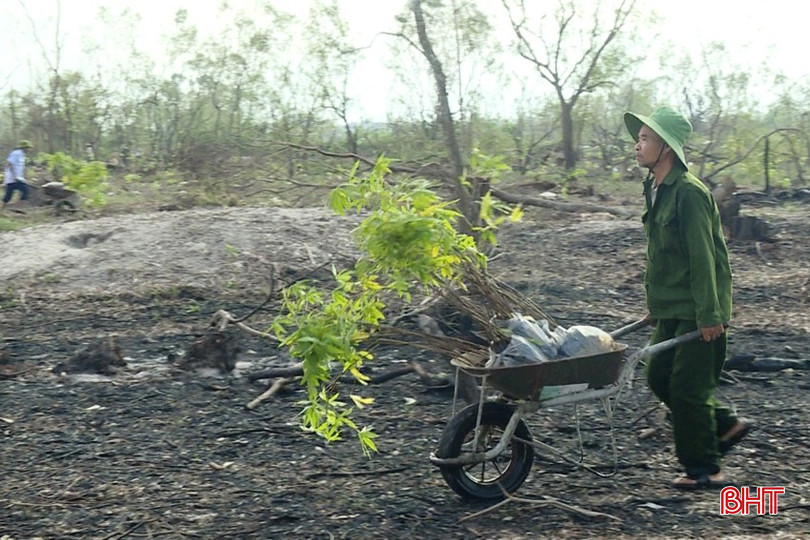
Due to the above reasons, many coastal mangrove forests in Ha Tinh (especially in large river mouths and estuaries such as Cua Hoi, Cua Sot, Cua Nhuong, and Cua Khau) are lacking vitality after consecutive natural disasters. The recovery of the "green dykes" is mainly natural. The communities assigned to manage them have almost no measures or plans to clean up, care for, or monitor the planting and regeneration of new forests. Therefore, the recovery of mangrove forests is slow, and in many places they are still being "eroded".
Along the 137 km coastline, hundreds of hectares of protective forests, mainly casuarina, eucalyptus and melaleuca, damaged by storms and rains, are in a similar situation to the mangrove forests. Accordingly, the work of clearing, collecting fallen trees, caring for trees that are still viable and replanting and replacing them is quite slow. The reason is that people have abandoned them (for contracted areas and those planted by people themselves) and have to build documents and submit plans for collection to competent authorities for approval (types managed by communes or forest management boards). In addition, due to the nature of the forest, planting coastal protective forests is quite selective of species (mainly casuarina), which affects the progress of forest restoration. Currently, only a few places have varieties for replacement planting.
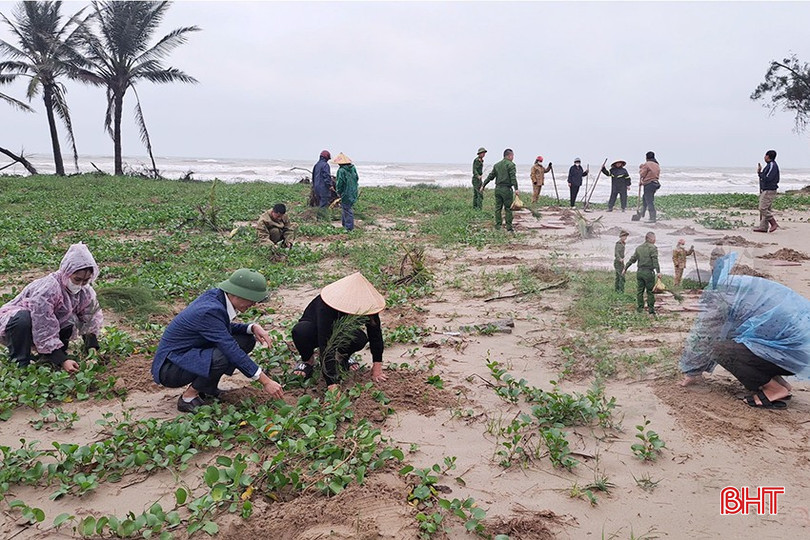
Mr. Nguyen Van Son in Hai Loi village (Tien Dien commune) shared: “I have 3 sao of casuarina trees near the coast that were destroyed by storms. Because of my poor health, the casuarina trees are sold cheaply, and the demand for firewood is not high, so I am slowly clearing them away. Currently, I am not interested in replanting them because they do not bring economic value and it took more than 20 years of care and protection to get them to where they are today. On the other hand, casuarina seedlings are very scarce on the market, and collecting natural trees is insignificant, so I am not in a hurry to restore the forest.”
With the current situation, the restoration and development of "green dikes" and "soft walls" along the coast will face many difficulties and take a lot of time. Therefore, all levels and sectors need to have plans and budget allocation plans, supplement seedling sources, provide technical guidance, urge people and forest owners to speed up the recovery of heavily damaged forests, take good care of lightly affected areas, and promptly replant in areas that have been "wiped out".
Source: https://baohatinh.vn/kho-khan-trong-phuc-hoi-tuyen-de-xanh-o-ha-tinh-sau-thien-tai-post298777.html





![[Photo] Opening of the 14th Conference of the 13th Party Central Committee](https://vphoto.vietnam.vn/thumb/1200x675/vietnam/resource/IMAGE/2025/11/05/1762310995216_a5-bnd-5742-5255-jpg.webp)




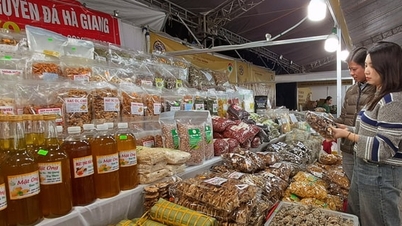












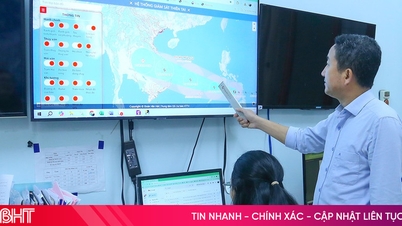
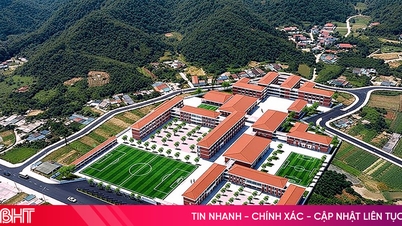



![[Photo] Panorama of the Patriotic Emulation Congress of Nhan Dan Newspaper for the period 2025-2030](https://vphoto.vietnam.vn/thumb/1200x675/vietnam/resource/IMAGE/2025/11/04/1762252775462_ndo_br_dhthiduayeuncbaond-6125-jpg.webp)






































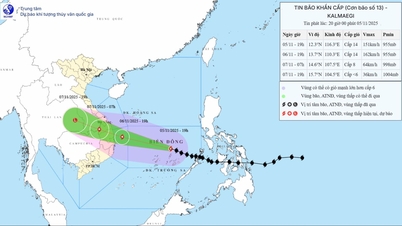

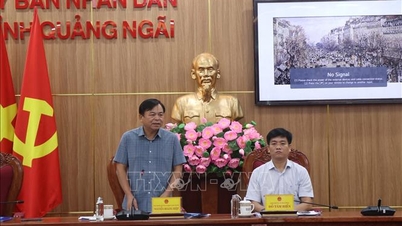


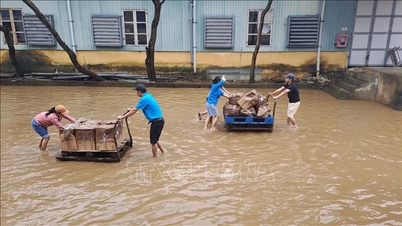


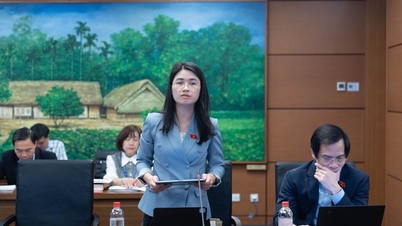


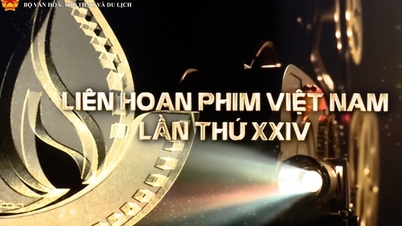





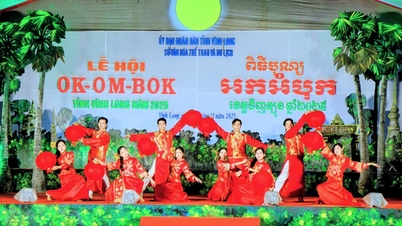






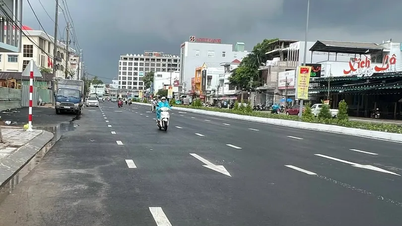











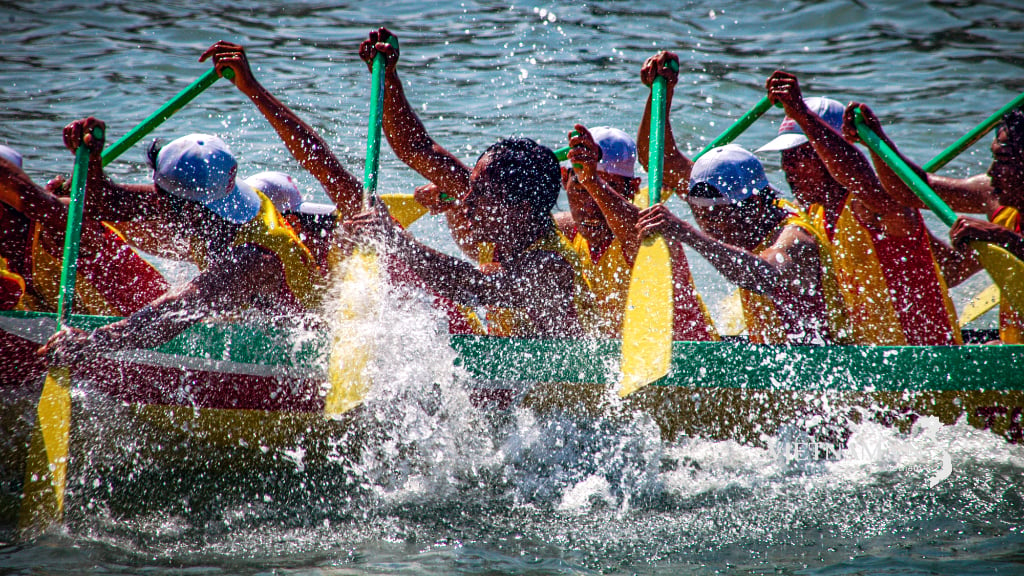



Comment (0)